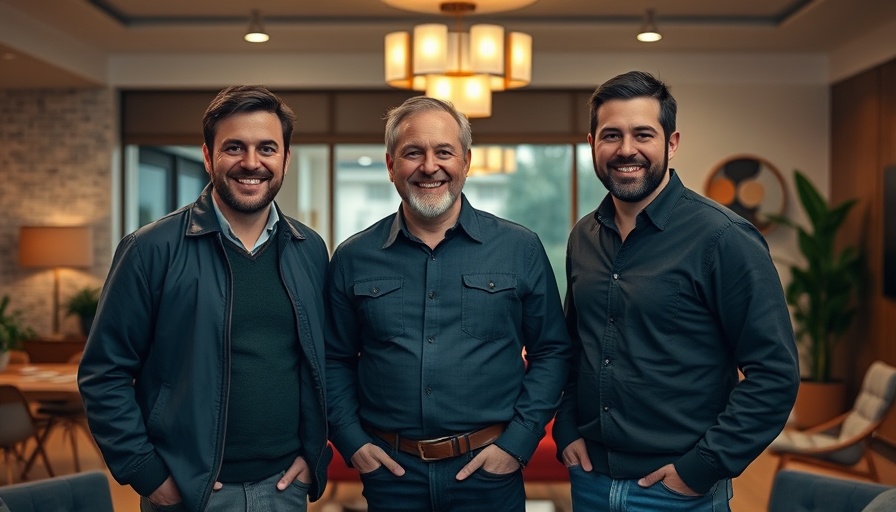
Exploring the Vibes of Mid-Century Modern Design
In the recent video, "Inside the Set of 'Mid-Century Modern,'" we get a unique glimpse into the lively camaraderie between the show's cast and the vibrant design choices that shape their setting. Starring icons like Nathan Lane and Matt Bomer, the show's design intricately balances nostalgia with modern comforts, making it not just a backdrop, but an integral part of storytelling.
In 'Inside the Set of 'Mid-Century Modern,' the show provides a fascinating glimpse into how design plays a pivotal role in storytelling and character development, prompting us to analyze its impact on home environments.
The Allure of Mid-Century Modern Aesthetics
Mid-century modern architecture in Palm Springs, specifically homes like the famed Dinah Shore estate, informs the show’s visual narrative with a classic elegance that resonates deeply with audiences. The character Bunny Schneiderman's opulent lifestyle and quirky living space are reflective of an era where form followed function, highlighting spacious layouts and integrated indoor-outdoor living.
How Design Shapes Narrative and Character
The set aims to embody the spirit of friendship among the three characters who have created their own family. As Greg Grande, the production designer, explains, the charm lies in how each unique decorative choice reveals layers about character relationships. From vibrant contemporary lighting to whimsical décor, every element contributes to the laughter and tension essential to their interactions.
Connecting Space with Emotion
This home isn’t just where the characters live; it’s where emotions unfold. The cozy den and inviting kitchen serve as catalysts for heartfelt moments and comedic interludes. By fostering this warm atmosphere, viewers are invited to connect personally to the characters' journeys.
Inspiration for Your Own Home Design
Homeowners and designers looking to infuse their own spaces with this vibe can take cues from the show’s approach. When selecting furniture and décor, consider how these pieces reflect your story. Mix vintage finds with modern elements to create a conversational space that invites gatherings and meaningful memories.
With the vibrant energy showcased in "Inside the Set of 'Mid-Century Modern,'" viewers gain insight into the expansive world of home design—it’s about much more than aesthetics; it’s about lifestyle, warmth, and connection. Embrace these inspirations to craft a space that reflects your unique vibe, fostering gatherings and cherished moments.
 Add Row
Add Row  Add
Add 




Write A Comment